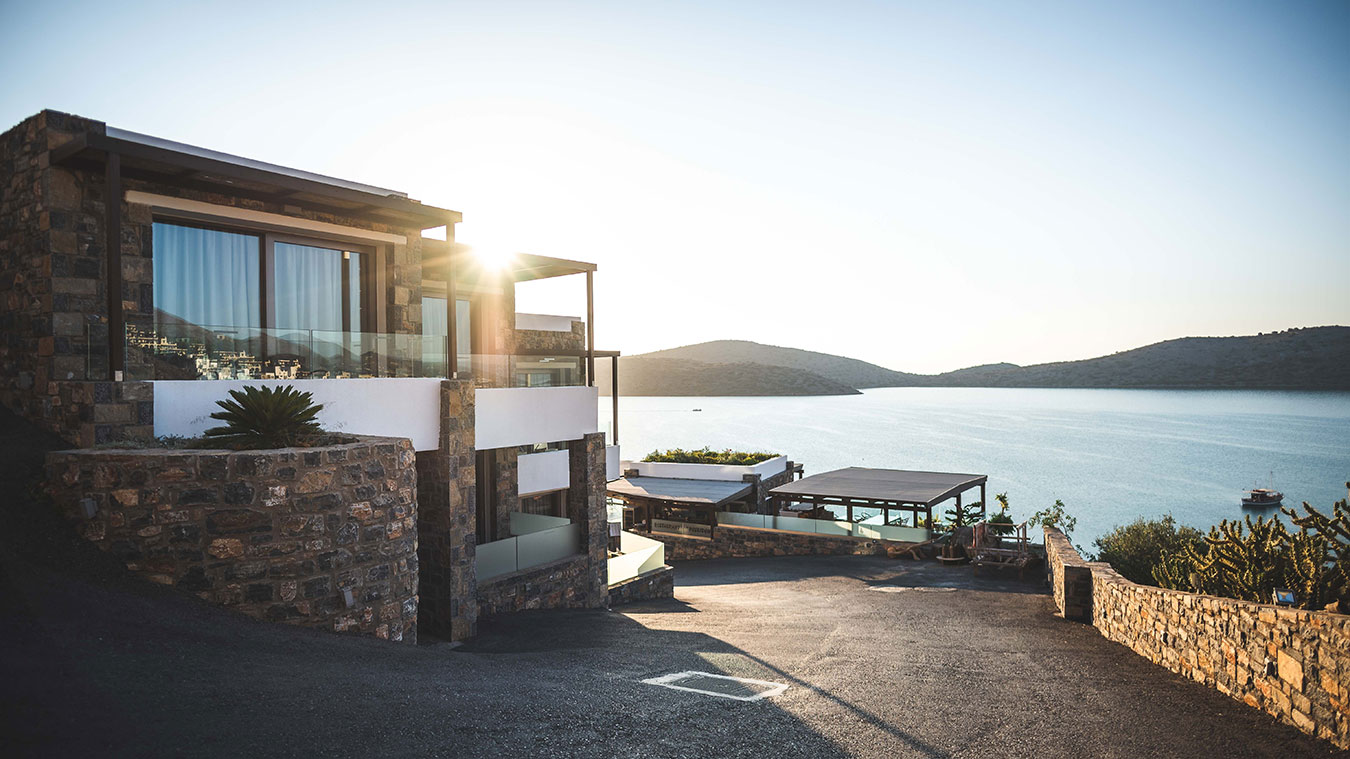
EXCLUSIVE REHAB PROGRAMS.
IN OMAHA NEBRASKA
ARE THEY WORTH IT?
You know itʼs reputation—itʼs more expensive than regular rehab facilities. But is it worth it?
LUXURY DRUG & ALCOHOL ADDICTION
TREATMENT CENTERS NEAR YOU
For many people, choosing to enter rehab is one of the most difficult parts of addiction recovery. When youʼre addicted to a substance, itʼs hard to admit that thereʼs a problem—and itʼs one that we need to solve on our own. But letʼs say that youʼve already made the decision to get into rehab. Now you are looking for the best facilities that can provide your detox and therapy needs. You are considering all your options ,you are keeping your mind open. As A Executive Level Person you know that you need a few things in a rehab facility:
RESULTS
ABILITY TO STILL WORK WITH CLIENTS
VIA PHONE CALLS AND EMAILS
DISCRETION
OVERVIEW-WHAT TO EXPECT AT A LUXURIOUS REHABILITATION CENTER FOR DRUGS & ALCOHOL
A luxury rehab center is just like the usual kind of rehab, except they are designed to give you maximum comfort, safety, and privacy. We can even say that youʼll enjoy staying there because itʼs just like going to the spa, or a wellness center. Their programs may be more effective overall, but they also cost more compared to those offered by standard rehab centers. Luxury rehab will tackle addiction, tolerance, and dependence in almost the same way as other rehabs: they will offer detoxification and behavioral therapy in order to help a person get sober and stay sober after the program has ended. Luxury rehab stays are usually 30 days but RehabNear.Me also facilitates 90 day rehabs.


AMENITIES & SERVICES IN HIGH END TREATMENT PROGRAMS
Luxury facilities offer many impressive services that make the investment worth it. The services offered will vary in each facility, but you cangenerally expect a private room to stay in, and one-on-one attention from staff members. Expect that there will be lots of space to move around in, or even a scenic view of nature. This helps the patient in an emotional level by taking their mind off their problems. They can experience being at peace—perhaps for the first time without the need for illicit substances.
HOW DO LUXURY TREATMENT PROGRAMS
COMPARE TO TRADITIONAL REHAB TREATMENT?
Standard rehab facilities offer only the basic services required to ensure a personʼs recovery. Luxury rehab takes this on another level by making the detox and therapy process as comfortable as possible. Some would agree that luxury rehabs even make the experience enjoyable. Luxury rehabs donʼt have many patients, so you can expect staff to be there for you any time you need them. This type of facility prioritizes environment and atmosphere. They are keeping you away from the temptations and the triggers that caused the abusive behavior in the first place. It is replaced by a peaceful space where you can focus on getting better.
WHO IS IT FOR? CELEBS, EXECUTIVES,
HIGH NET WORTH PEOPLE
There is a misconception that luxury rehab is only for celebrities and exceptionally rich people. But the truth is that luxury rehab can be for anyone who needs discretion, work flexibility and results. If you are concerned about privacy or work routines, luxury rehabs offer both protection and flexibility. Its personalized care will let you manage your career and family responsibilities while recovering simultaneously. Even executives take advantage of these perks in order to make the most out of their time.
About Omaha
Rehab Treatments In Omaha Nebraska
- Alcohol Addiction Omaha
- Alcohol Detox Omaha
- Alcohol Rehab Omaha
- Alcohol Rehab for Veterans Omaha
- Finding the Best Alcoholism Rehab Near Me in Omaha
- AA Free & Confidential Alcoholics Anonymous Helpline Omaha
- Benzodiazepines Rehab Near Me Omaha
- Christian Drug Rehab Omaha
- Drug Rehab-addiction Treatment Centers Near You Omaha
- Dual Diagnosis Treatment Centers Near You Omaha
- (EAP) Employee Assistance Programs Omaha
- Fentanyl Omaha
- Find 30-Day Inpatient Drug Rehabs Near You! Omaha
- Find 60 Day Inpatient Drug Rehabs Near You! Omaha
- Find 90 Day Inpatient Drug Rehabs Near You! Omaha
- Hydrocodone Omaha
- Inpatient Drug and Alcohol Rehab Near Me Omaha
- Inpatient Drug Rehab Treatment Program Omaha
- Luxury Drug & Alcohol Addiction Treatment Centers Omaha
- Mental Health, Addiction, and Drug Rehab Omaha
- NA Hotline, Narcotics Anonymous 24 Hour Hotline Omaha
- Online Therapy|Mental Health|Substance Abuse|Dual Diagnosis Omaha
- Mental Health Online Therapy | Teletheraphy Omaha
- Outpatient Drug Rehab Near Me Omaha
- Oxymorphone Omaha
- Prescription Drugs Omaha
- Student Drug Rehab Omaha
About Nebraska
Browse by State
- ALABAMA
- ALASKA
- ARIZONA
- ARKANSAS
- CALIFORNIA
- COLORADO
- CONNECTICUT
- DELAWARE
- FLORIDA
- GEORGIA
- HAWAII
- IDAHO
- ILLINOIS
- INDIANA
- IOWA
- KANSAS
- KENTUCKY
- LOUISIANA
- MAINE
- MARYLAND
- MASSACHUSETTS
- MICHIGAN
- MINNESOTA
- MISSISSIPPI
- MISSOURI
- MONTANA
- NEBRASKA
- NEVADA
- NEW HAMPSHIRE
- NEW JERSEY
- NEW MEXICO
- NEW YORK
- NORTH CAROLINA
- NORTH DAKOTA
- OHIO
- OKLAHOMA
- OREGON
- PENNSYLVANIA
- RHODE ISLAND
- SOUTH CAROLINA
- SOUTH DAKOTA
- TENNESSEE
- TEXAS
- UTAH
- VERMONT
- VIRGINIA
- WASHINGTON
- WEST VIRGINIA
- WISCONSIN
- WYOMING

